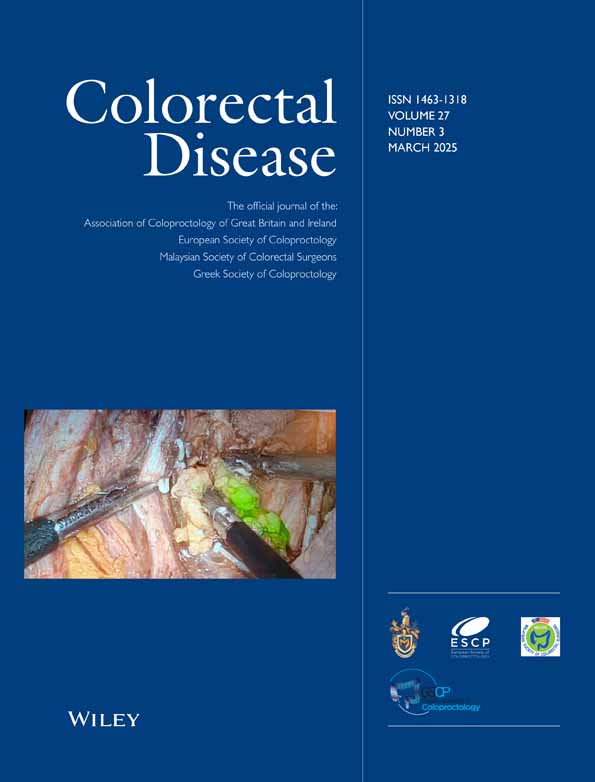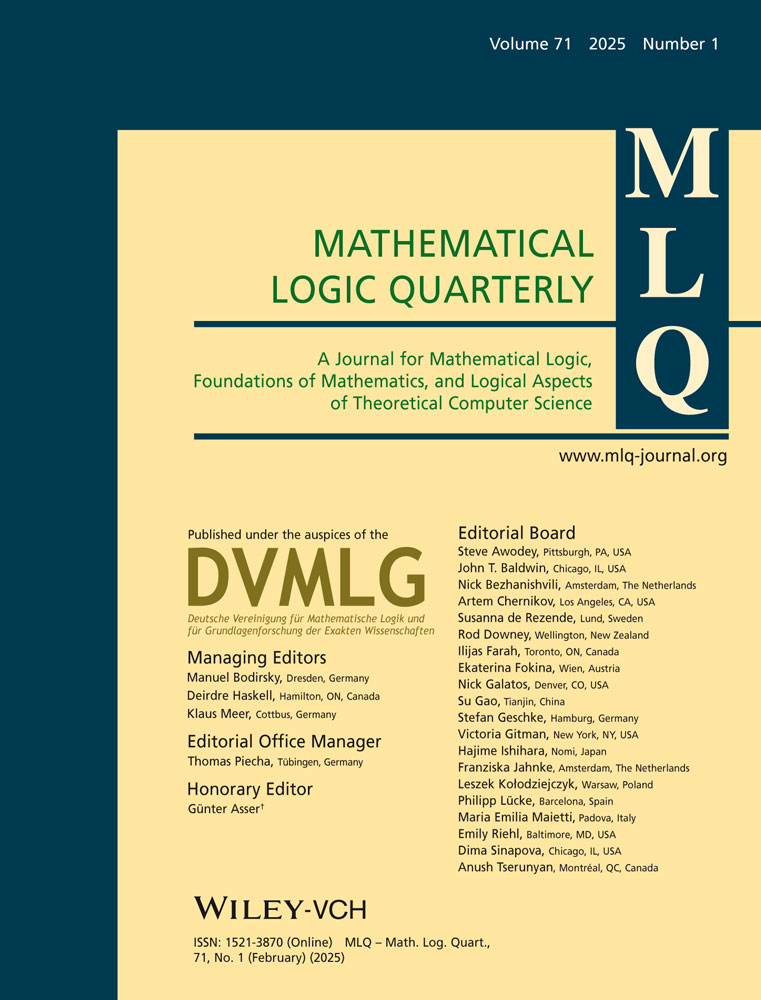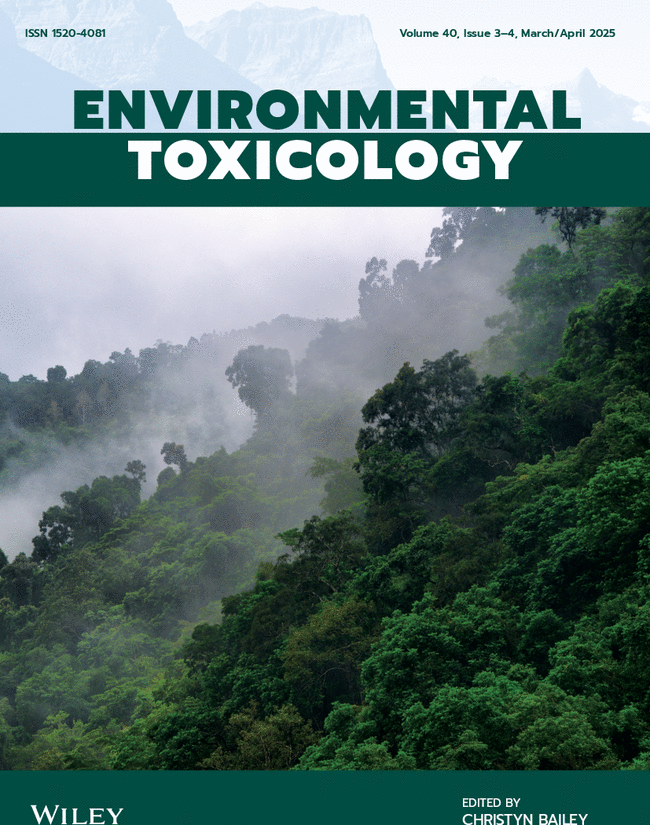A journal formerly published by Hindawi has yet to publish any sort of notice on a paper sleuths reported for containing duplicated images 1.5 years ago.
According to Kevin Patrick, the sleuth who contacted the publisher in mid-2023, the episode “might be a useful case study” of the issues facing Wiley, which acquired Hindawi in 2021 and stopped using the brand name earlier this year after retracting thousands of papers and closing journals overrun by paper mills.
The article, “Resveratrol Derivative, Trans-3, 5, 4 ′-Trimethoxystilbene Sensitizes Osteosarcoma Cells to Apoptosis via ROS-Induced Caspases Activation,” appeared in Oxidative Medicine and Cellular Longevity in 2021. Clarivate removed the journal from its Web of Science index in March 2023 for failing to meet quality criteria.
In April 2023, Elisabeth Bik left a comment on PubPeer, noting “several figures in this paper look identical to figures in a 2019 paper by some of the same authors,” which had been retracted. “I could not find wording about e.g. a republication of part of that study, and the 2019 paper is not included in the references,” she wrote.
Continue reading 19 months and counting: Former Hindawi journal still hasn’t marked paper









